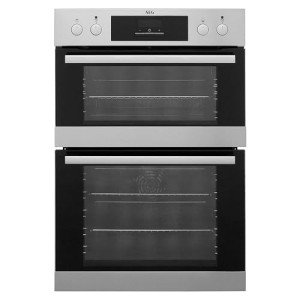This Is The Complete Listing Of Built In Range Dos And Don'ts

Comprehending the Built-In Range: A Deep Dive Into One of one of the most Versatile Programming Features
The built-in function range() is one of the most typically used functions in programming, especially in Python. Its simplicity and versatility make it a vital tool for developers, engineers, and data scientists alike. In this article, we will check out the essential elements of the built-in range function, its syntax, usage cases, and some practical examples to help you leverage its power in your coding undertakings.
What is the Built-In Range?
In Python, the range() function produces a sequence of numbers. It is typically used for model, especially within loops, enabling developers to perform a block of code a particular variety of times without by hand specifying each version.
Syntax of the Range Function
The range() function can take one, 2, or 3 arguments, and its standard syntax is as follows:
range( start, stop, step).
start: The starting point of the sequence (inclusive). If left out, it defaults to 0.
stop: The endpoint of the sequence (exclusive). This argument is needed.
step: The difference between each number in the sequence. If omitted, it defaults to 1.
Examples of Using Range.
Standard Usage: Using range() in an easy for loop to print numbers from 0 to 4:.
for i in range( 5 ):.
print( i).
Output:.
0
1.
2.
3.
4.
Defining a Start and Stop: You can specify both a beginning point and an endpoint:.
for i in range( 2, 6):.
print( i).
Output:.
2.
3.
4.
5.
Using a Step Value: The step criterion enables you to control the increments:.
for i in range( 0, 10, 2):.
print( i).
Output:.
0
2.
4.
6.
8.
Counting Backwards: The action can likewise be unfavorable, enabling counting down:.
for i in range( 5, 0, -1):.
print( i).
Output:.
5.
4.
3.
2.
1.
Practical Applications.
Iterating Over Lists: While using range() is typical in for loops, it can likewise be beneficial for repeating over the indices of a list.
fruits = [' apple', 'banana', 'cherry'] for i in range( len( fruits)):.
print( f" i: fruits [i] ").
Output:.
0: apple.
1: banana.
2: cherry.
Developing Number Sequences: The function is handy for generating sequences of numbers, which you might need for algorithms or data manipulation.
number_list = list( range( 10, 21)).
oven built in ( number_list).
Output:.
[ Built-in Oven , 11, 12, 13, 14, 15, 16, 17, 18, 19, 20] List Comprehensions: range() works wonderfully with list understandings for more condensed expressions.
squares = [x ** 2 for x in range( 5)] print( squares).
Output:.

[0, 1, 4, 9, 16] Conclusion.
The built-in range function is a basic feature in Python that offers an easy way to create series of numbers, which can be used for a range of programming jobs. Whether you are working on loops, producing lists, or implementing algorithms, comprehending how to use range() is essential for effective Python coding. As you continue to check out the language, you'll undoubtedly discover brand-new methods to leverage this powerful tool, making your programs jobs more efficient and streamlined.
